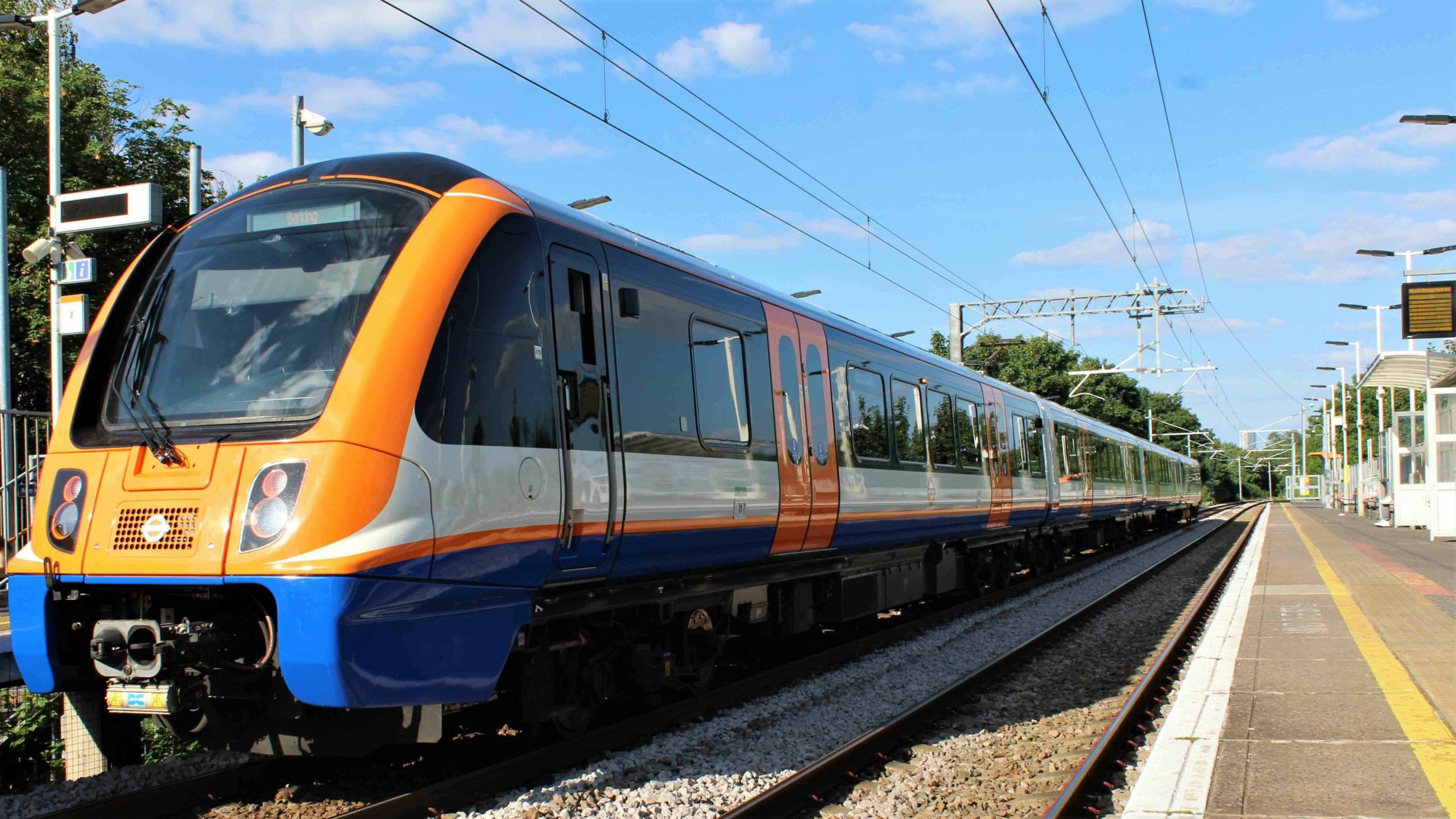Background:
Over the past 10 years, stations along the East London Line have become increasingly busy due to population growth and the short connection times for commuters travelling towards Canada Water, Rotherhithe, and Whitechapel. This has caused rush-hour trains along the line to be operating at capacity.
Since 2020, performance has further deteriorated due to the impact of the Covid-19 pandemic, station interface changes and driver turnover. The East London Line is also competing for space with Southern Rail services heading towards London Bridge, meaning they are unable to simply add more trains into the schedule without a detrimental impact on performance.
Jnction were well placed to support Arriva Rail London in addressing these issues, as we were able to utilise the methodology from a recent successful Transport for Wales project, which saw Jnction’s Data Science Team develop a Timetable Planning Rules Analysis Tool. Jnction were given a timeline of six weeks to suggest timetable changes to improve performance along the ELL and provide supporting evidence for further timetable changes to be implemented from June 2024.
Our Solution:
The team will validate if a TPR, such as at a junction margin, headway, section run-time (SRT) or dwell is fit for purpose.
Using this methodology, we made use of the SRT and dwell analysis from the tool to carry out the timetable study required by Arriva.
The team then compares the planned SRT and dwell times to “technical values” which are calculated based on historical train movement data and are representative of how an “average” train behaves.
Analysing the timetable in this way exposes potential pressure points and capacity opportunities within a timetable, where either too little or too much time has been allocated to a particular SRT or dwell.
Jnction employed an agile delivery process, holding weekly meetings with the Performance and Operations teams from ARL and Network Rail to monitor changes and update progress. Maintaining a close relationship with the stakeholders allowed us to ensure that the analysis we produced delivered the required outputs ARL was seeking and tailor our delivery approach where needed.

Benefits:
When quantifying the benefits, it can be broken down into the following:
Through the combination of the historical evidence that Jnction has provided, and the anecdotal evidence submitted by the TPR specialists, the client receives a more accurate long-term view of train delays along the line.
It saves the performance teams weeks of manual work and makes their role more efficient by providing them more in-depth data to analyse.
With these benefits combined, the client can successfully produce a timetable schedule that meets their requirements, in turn, improving performance for passengers on the service.
Due to a successful first phase of work with ARL, Jnction have been contracted to produce a second phase: analysing performance levels on the East London Line and incorporating an analysis driven solution which uses On Train Movement Data.





